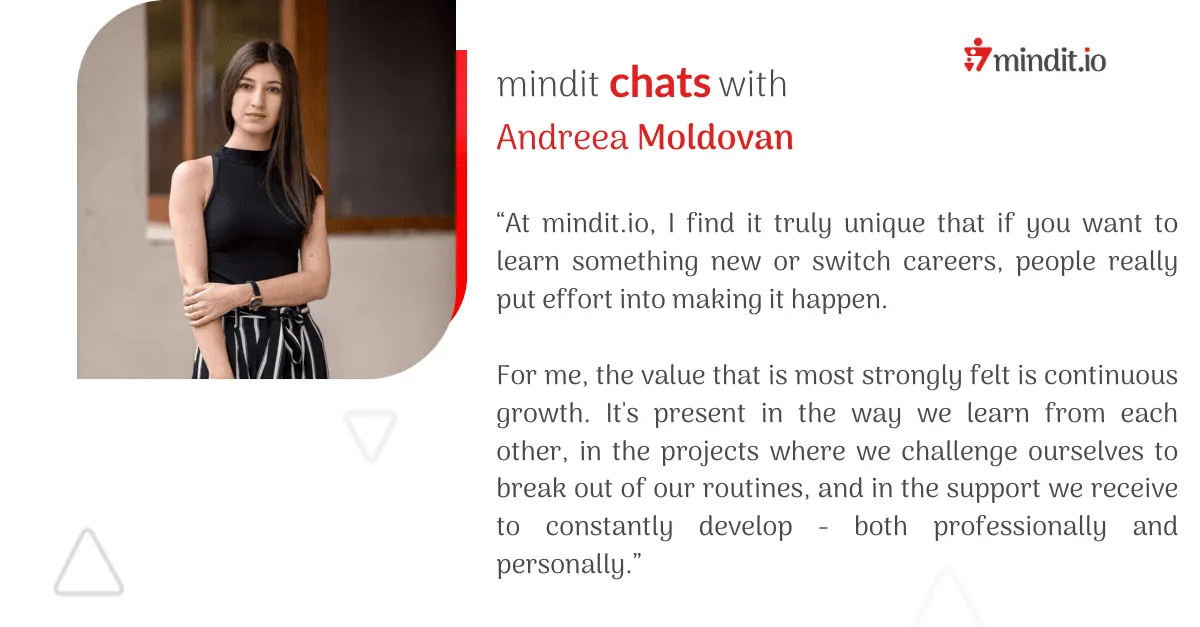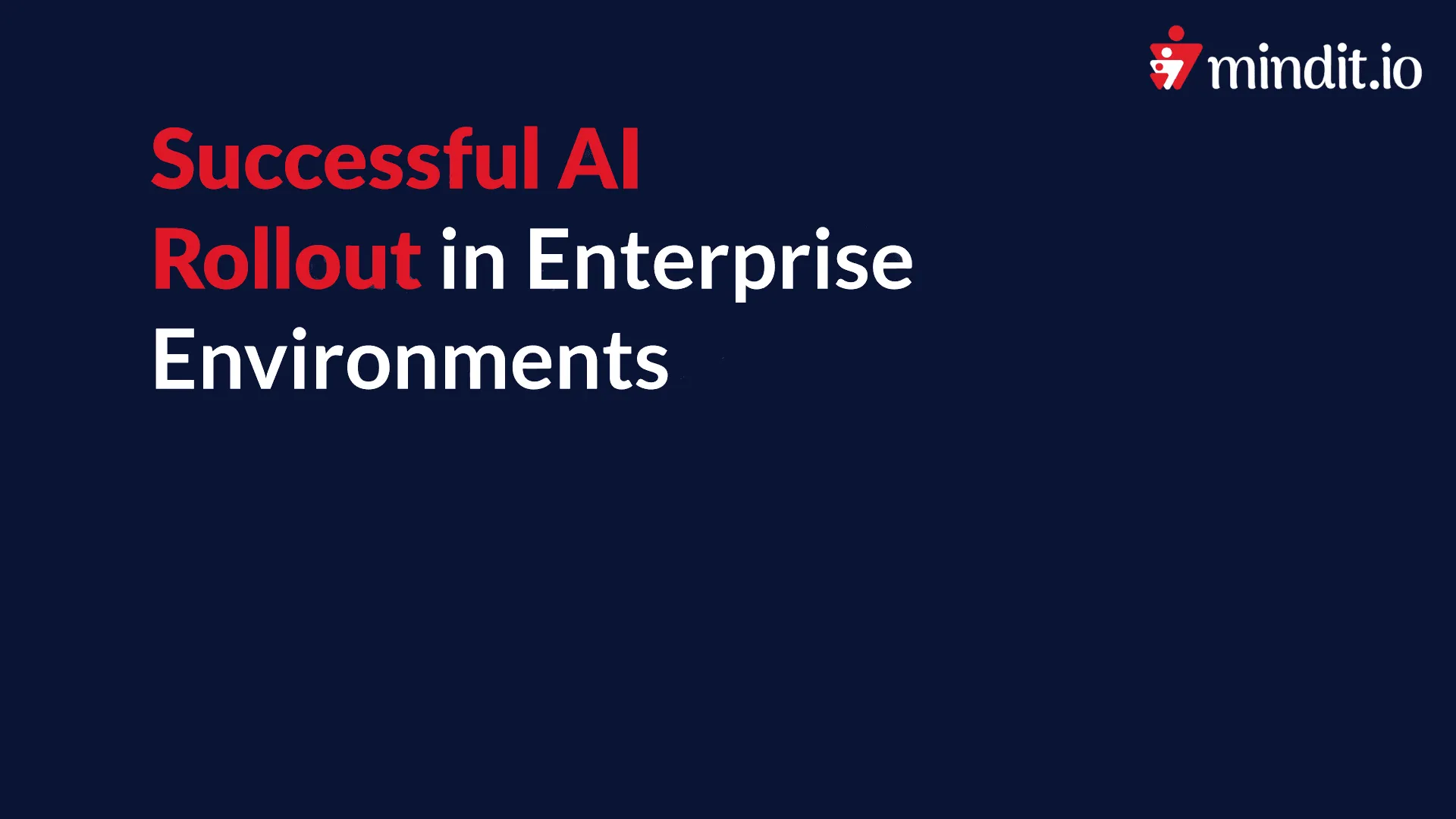Introduction
Q:What is a Volume
A: A directory with data accessible to all containers in a pod.
Kubernetes supports many types of volumes.
Persistent Volumes
Ephemeral Volumes
Projected Volumes
etc.
A pod can use any number of volume types simultaneously.
Persistent Volume (PV)
This is a storage element in a cluster, defined manually by an administrator or dynamically defined by a storage class.
A PV has its own lifecycle, separate from the lifecycle of Kubernetes pods.
apiVersion: v1
kind: PersistentVolume
metadata:
name: pv-volume
spec:
storageClassName: manual
capacity:
storage: 10Gi
accessModes:
– ReadWriteOnce
hostPath:
path: “/mnt/data”
Persistent Volume Claim (PVC)
This one defines a storage request.
Let’s say we have an application running on a container that needs a certain type of storage: 3 Gi of storage and needs to read and write data.
apiVersion: v1
kind: PersistentVolumeClaim
metadata:
name: pv-claim
spec:
storageClassName: manual
accessModes: – ReadWriteOnce
resources:
requests:
storage: 3Gi
Usage
Let’s put them all together!
The pod running the application doesn’t need to know the exact PV it’s accessing.
It only needs to specify what type of access it needs, how much storage, and what type of storage.
apiVersion: v1
kind: Pod
metadata:
name: pv-pod
spec:
volumes:
– name: pv-storage
persistentVolumeClaim:
claimName: pv-claim
containers:
– name: pv-container
image: nginx
volumeMounts:
– mountPath: “/usr/share/nginx/html”
name: pv-storage
Follow the Kubernetes 101 series on mindit.io.
Check out new-spike.net for other articles on Kubernetes and much more!










































